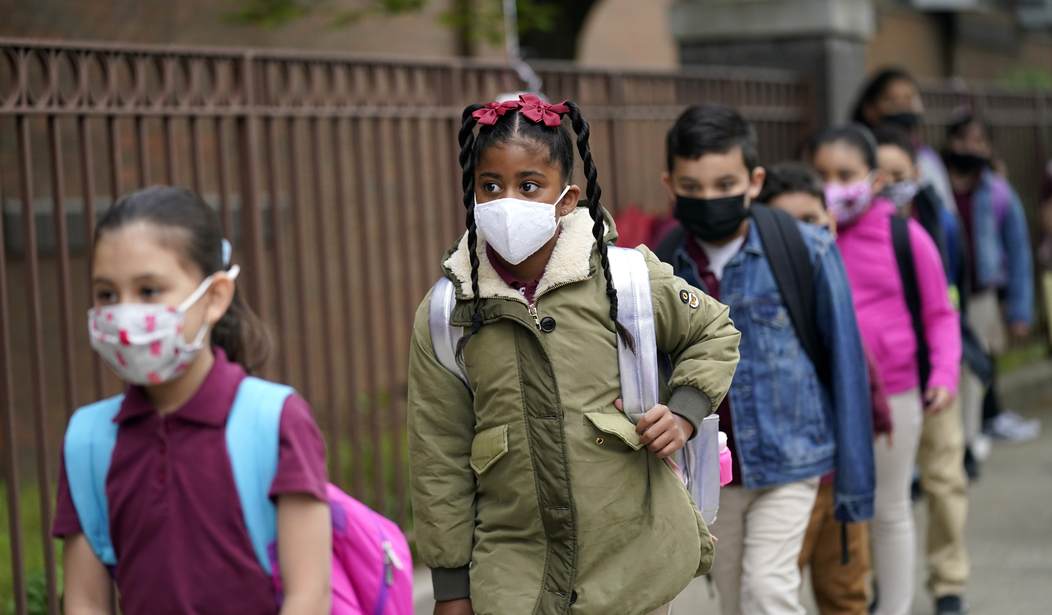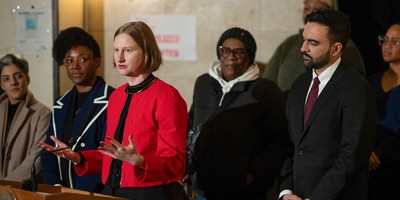A newsletter from The New York Times breaks down the disastrous effects school closures had on kids during the pandemic sparked by the Wuhan coronavirus.
When news of the virus first broke, schools were ultimately the first to close. And they tayed closed for nearly two years, causing kids to fall behind educationally and socially.
According to a Harvard study, students lost on average the equivalent of about 50 percent of a typical school year’s math learning between 2020 and 2021.
Even kids who went back to school in 2021 still lost about 20 percent of their typical math curriculum learning.
Ultimately, the research found remote learning was the primary driver for these learning gaps. Evidence suggests that these problems were completely preventable.
It is clear remote learning did more harm than good.
Additionally, the article notes that many administrators could have recognized this as early as the fall of 2020.
Fast forward to what we know now, children are at a very low risk of severe illness or death caused by the Wuhan coronavirus. Studies also show that in-school transmission between kids is extremely rare.
According to The New York Times, the schools that did re-open early on did not see a substantial spread compared to schools that remained closed.
An interesting take to point out is that low-poverty schools (many of which are run by Democratic officials) stayed closed longer than in Republican-run states. Evidence shows this is because Democrat-run districts were more likely to have unionized teachers advocating for remote learning.
Recommended
Research indicates that children in schools who did re-open earlier rather than later, thrived in and out of the classroom.
Furthermore, two years of disruption from a normal routine, from being around peers, and from engaging with other kids proved to be catastrophic. The road to recovery for children’s social, mental and learning capabilities may difficult.

























Join the conversation as a VIP Member